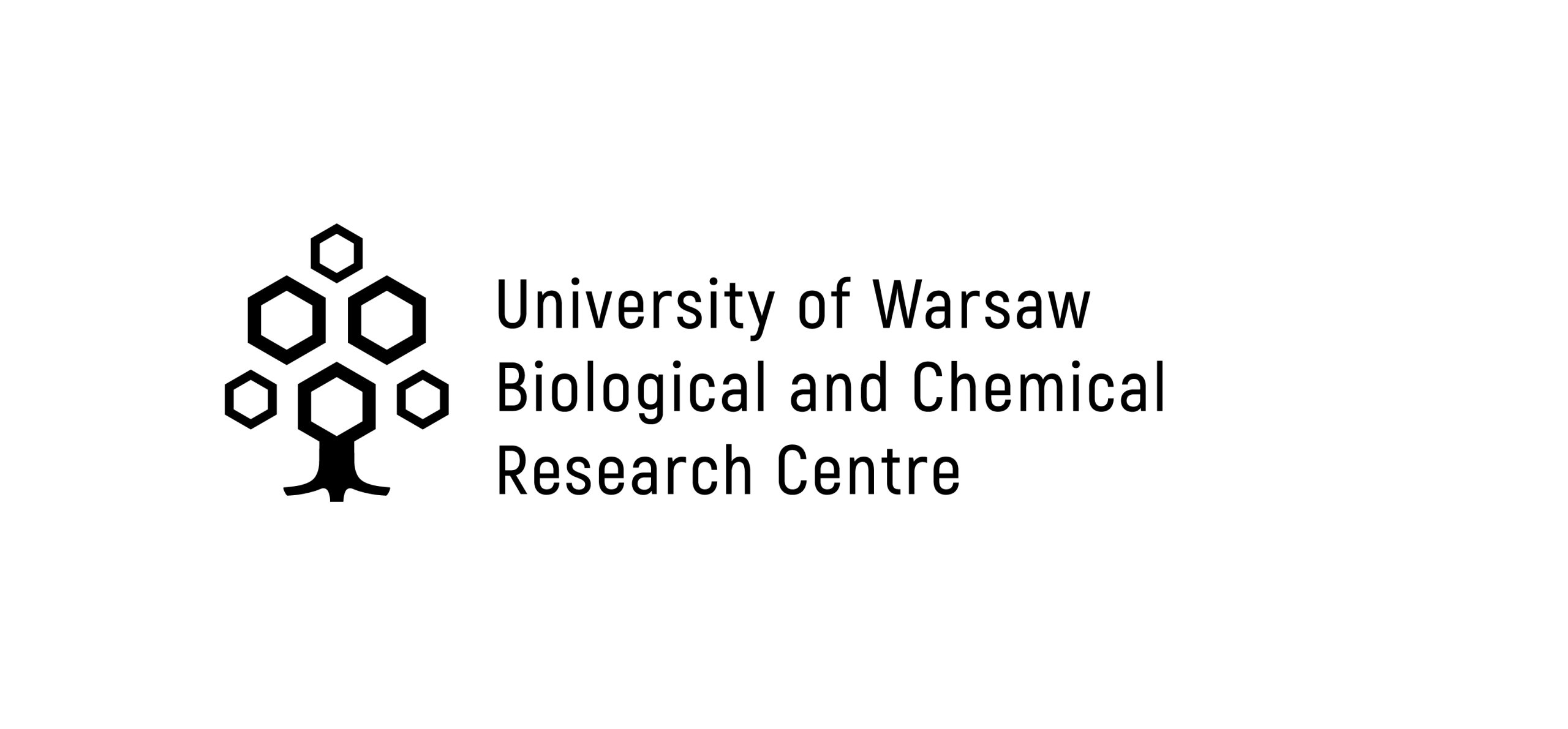Laboratory of Biomacromolecular Research
Description of the Group
The Laboratory of Biomacromolecular Research is a consortium of scientifically independent research groups managed by the leaders listed at “Group members”. Functioning of the Laboratory of Biomacromolecular Research is based on carrying out common or individual research and on commitment to support and develop the established research infrastructure.
Link to the Research Group website: http://crystal.chem.uw.edu.pl/
Link to the Core Facility for Crystallography and Biophysics: Home :: Core Facility for Crystallography and Biophysics (uw.edu.pl)
Link to the Cryomicroscopy and Electron Diffraction Core Facility: https://cent.uw.edu.pl/en/core-facilities/transmission-electron-microscopy-core-facility/
Research Activities
- Dominiak, Anna Makal, Anna Hoser & K. Wozniak – our activities in the LBR are linked to research on structure and electron characteristics of pharmaceuticals’ crystals. We plan research on crystallization processes, especially crystallization directed to particular polymorphic varieties of pharmaceuticals, and on atom dynamics in small particles. Moreover, we develop methods for thorough and precise structural research and reconstruction of electron density in small particles and macromolecules. Determination of experimental electron density distributions of proteins and their complexes allows us to obtain better quality structural information, to quantitatively reconstruct electron density of macromolecules and to analyze their electrostatic properties. Experimental background of the LBR makes it possible to verify results obtained with pseudoatom databanks or with other methods of drug design. X-ray equipment enables us to determine the structure of macromolecules and experimental atomic densities in crystals of small particles.
- Górna, J. Kutner, M. Merski – our scientific interest is structural biology of RNA binding proteins that are important in medicine, e.g. in inflammatory diseases or in infection treatment. We are interested in post-transcriptional regulation of gene expression in mitochondria and anti-viral activity of proteins of the innate immune system. We are experienced in expression and purification of recombined proteins, characterization of proteins and their complexes with RNA or other ligands in the aspects of function and structure, and in obtaining experimental models and comparators of proteins and their complexes. For our research on mechanisms of protein functions, we use biochemical and biophysical methods, such as x-ray crystallography, small angle x-ray scattering (SAXS) or microscale thermophoresis, and biological methods to verify results obtained in vitro.
Radosław Mazur, Maciej Garstka – we analyze the connections between proteome and lipidome, dimensional structure of chloroplasts and functioning of photosystems. During our research we focus on: connections between photosynthetic complexes and 3D structure of chloroplasts; changes in thylakoid membranes composition, and function and structure of chloroplasts under temperature and light stress; significance of posttranslational modifications in preserving structure of chloroplasts and in their biogenesis. Moreover, we carry out research in the broad field of artificial photosynthesis, which will result in construction of biosensor constituted from carbon electrode and photosynthetic complexes or artificial photoactive proteins. We plan to develop proteomic methods and crystallographic analysis of proteins.
Equipment at the Laboratory of Biomacromolecular Research
- Automated liquid handlers (crystallization robots) : Mosquito LCP, Dragonfly
- Formulatrix system for automated imaging and storing plates for protein crystallization (max. 1000 plates) with scanner
- Set of micro-and macroincubators for crystallization plates
- X-ray diffractometers, also with copper anode
- Spectrophotometers and plate reader Infinite M200 PRO with expanded fluorescence and luminescence modules and an automated pipetting unit
- Devices for microscale thermophoresis (Monolith NT.115 Red firmy Nanotemper)
- FPLC and FPLC with refractometer, DLS and MALS
- Gradient and real time PCR units
- Set of CO2 incubators for mammalian cell cultures, incubator for insect cell cultures and bacterial cultures shaker
- Set of centrifuges for cell fractionation
- Sonificators and homogenizers
- Laminar chambers, autoclaves
- DNA, RNA and protein electrophoresis units with electrophoresis system 2D with automated band cutter and imaging unit ChemiDoc MP for UV-VIS, chemiluminescence and fluorescence detection
At the LBR we offer research services by use of the equipment listed above and supplemented with crystallographic diffractometers for determining the crystal structure of small particles and macromolecules, and electron density in crystals containing small particles.
